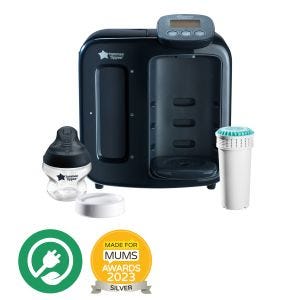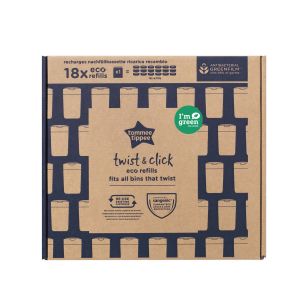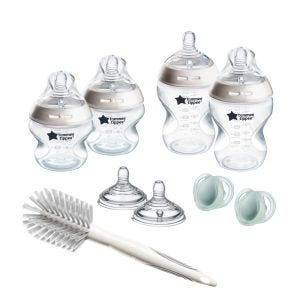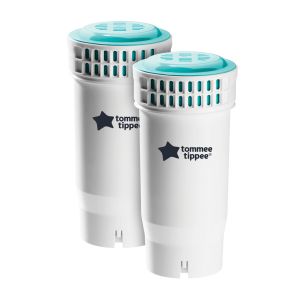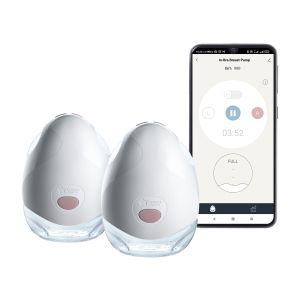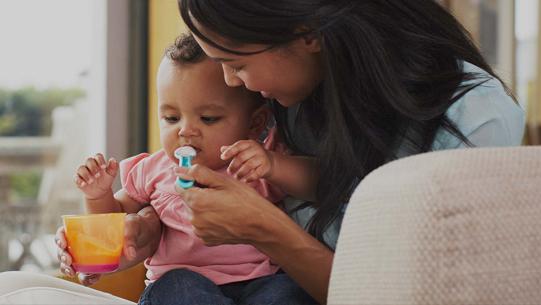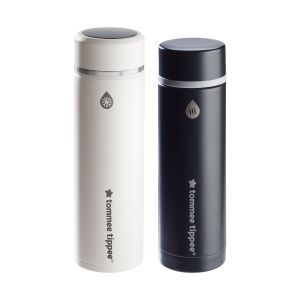
Tommee Tipps
We’ve put together this guide to put your mind at ease and to help your little one move from their beloved bottle to a cup with as little fuss as possible.
Teaching Your Toddler to Transition from a Baby Bottle to a Cup
Some babies build a strong bond with their bottle, and so understandably, the idea of transitioning away from it and towards a cup can be emotional and worrying for parents and caregivers!
We’ve put together this guide to put your mind at ease and to help your little one move from their beloved bottle to a cup with as little fuss as possible.
Why do they need to move on from a bottle?
- Prolonged bottle use increases the risk for tooth decay and can lead to dental issues like an overbite or tooth protrusion.
- Toddlers tend to use their bottles for comfort (just like soothers) rather than because they’re hungry or thirsty. As they develop and move on from drinking from a bottle, it’s important to teach them how to manage and vocalise their feelings in other ways.
- Drinking from a bottle can encourage snacking behaviour. In time, this can contribute to excessive weight gain, or for some toddlers, poor growth, and a lack of important nutrients if they rely on a bottle instead of solid foods.
When to start bottle weaning
Every child is different, but you can start weaning your little one away from their bottle anywhere between 6 and 12 months, as this is when they can begin drinking water alongside their meals.
They can start drinking water from this age whether they’re breastfed, formula fed or fed a combination. Just make sure that they can sit up and hold their head steady independently.
What sort of cup should I choose?
You can choose to use a sippy cup with a spout, or one with a silicone straw. Either is fine, it’s usually just a matter of testing to see what works for your baby. A cup with handles on either side can be helpful until they’ve developed a stronger grip.
As soon as they’re ready and have learned how to sip, you can encourage them to move from a lidded beaker to an open cup.
How to transition from a bottle to a cup
Moving on from a bottle to a cup doesn’t mean that you need to stop giving your child breastmilk or formula if you don’t want too. Sometimes, offering water in a cup straight away can make the transition tougher.
Remember that it’s a process, and something that will take time. It may be messy, with some spills along the way, but these tops tips should help you succeed…
- Think about the timing of the transition and remember that your baby’s bottle is a source of comfort for them. Trying to wean them of when they’re feeling unwell or going through a routine change (like going to a new childminder) might not go to plan.
- Try popping your little one in their highchair at mealtime and offer them some breastmilk or formula in a cup. That way they will get used to sitting at the table to drink, and they’ll start to mimic how you drink from a glass.
- Try diluting their milk a little more each time to help them get used to drinking water. To cut their bottles out gradually, start by swapping the mid-day bottle first, then morning, then evening, waiting a few days or a week in between each stage. Make your little one aware of the change by telling them that although they’re used to their bottle, they’re growing up and now have a shiny new cup with water in – how exciting!
- Keep their old bottles out of sight and instead, put their colourful new cups on display.
- Make it fun! Why not tell your little one that the Bottle Fairy is coming to visit, and bringing them some nice new cups in exchange for their old bottles.
- Remember to be patient, give lots of praise, and be affectionate – think more hugs, playtime, and extra stories at bedtime!
When transitioning from bottle to cup, it’s important to think about your little one’s unique temperament, and don’t worry if your first try doesn’t quite go to plan. If you’re really struggling, you can always reach out to your doctor or a dedicated paediatric dietitian for advice.
What should my little one drink once they’re used to their cup?
Try sticking to putting only water in your baby’s cup. Sweet drinks like squash, fizzy drinks, milkshakes, and fruit juice contain lots of sugar and can trigger tooth decay. Children under three years of age should not have anything with artificial sweeteners in.
If you do offer them fruit juice or squash, dilute it with water (1 part juice to 10 parts water) and serve it alongside a meal to avoid tooth decay. It’s also handy to know that after the age of 6 months, it’s fine to give your child water from the tap without sterilising it first.
Always make sure that you clean all parts of your baby’s cup thoroughly and pay extra attention to any spouts or valves.
Resources
The NHS and NCT have lots of information about drinks and cups for babies and young children.

